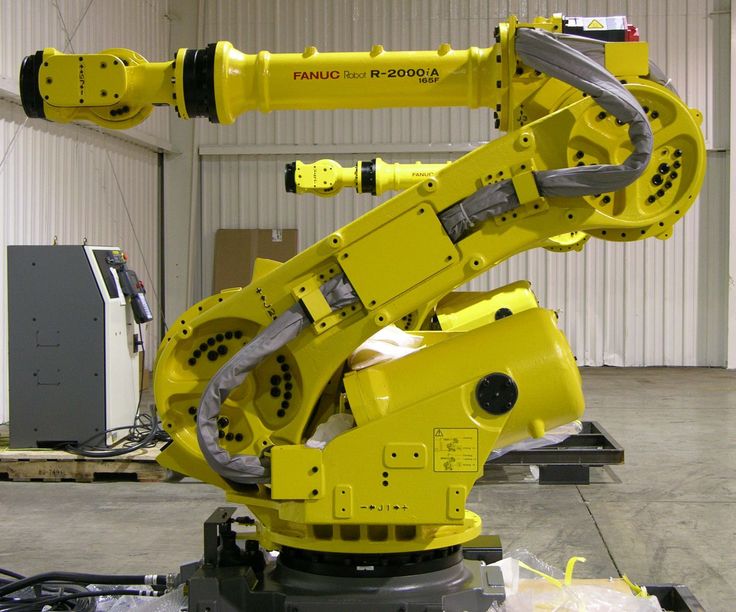In the ever-evolving landscape of automation and robotics, robotic arms have emerged as versatile and indispensable tools across various industries. These mechanical marvels, capable of mimicking the complex movements of the human arm, are at the heart of countless applications, from manufacturing and healthcare to space exploration and beyond. Behind the scenes, a handful of pioneering robotic arm manufacturers have been at the forefront of innovation, shaping the future of automation. This article will delve into the world of robotic arm manufacturers, exploring their history, technological advancements, and impact on industries worldwide. Wikipedia.org
A Brief History
The roots of robotic arms can be traced back to the mid-20th century, with significant developments occurring during the 1960s and 1970s. General Motors, in collaboration with the Stanford Research Institute, introduced the Unimate in 1961, considered the first industrial robot. It was a massive mechanical arm that could handle dangerous tasks on the factory floor, such as welding and painting, with precision and consistency.
As demand for automation grew, more manufacturers entered the scene. Companies like KUKA, ABB, and Fanuc emerged as prominent players, developing robotic arms for various industries. KUKA, founded in Germany in 1898, pivoted to robotics in the 1970s, while ABB, founded in Sweden in 1883, introduced its first robot in 1974. Japan's Fanuc Corporation also made significant strides in robotic arm technology during this period.
Technological Advancements
Over the decades, robotic arm manufacturers have continuously pushed the boundaries of technology, resulting in remarkable advancements. Here are some key areas of progress:
- Precision and Accuracy: Manufacturers have improved the precision and accuracy of robotic arms, allowing them to perform delicate tasks like surgical procedures and intricate manufacturing processes. Advanced sensors and feedback systems have played a crucial role in achieving this level of precision.
- Programming and Control: The development of user-friendly programming interfaces has democratized robotics. Today, operators with minimal training can program and control robotic arms, making them more accessible to a wide range of industries.
- Collaborative Robots (Cobots): Collaborative robots, or cobots, have gained popularity for their ability to work alongside humans safely. Manufacturers have invested in safety features like force-sensing technology and adaptive control to ensure human-robot collaboration is efficient and secure.
- Artificial Intelligence: Integration of artificial intelligence (AI) and machine learning algorithms has enhanced the decision-making capabilities of robotic arms. This has allowed them to adapt to changing environments, learn from experience, and optimize tasks in real-time.
- Material and Design Innovation: Advances in materials and design have resulted in lighter, more compact, and durable robotic arms. These improvements have expanded their range of applications and made them more cost-effective.
Impact on Industries
Robotic arms have left an indelible mark on various industries, revolutionizing the way tasks are performed. Here are a few sectors where their impact is particularly profound:
- Manufacturing: In manufacturing, robotic arms are used for tasks like welding, assembly, and material handling. They have increased production efficiency, reduced errors, and improved product quality.
- Healthcare: Robotic arms are increasingly used in surgery, offering greater precision and less invasive procedures. They have also found applications in rehabilitation and patient care, aiding in tasks like lifting and transferring patients.
- Agriculture: Precision agriculture has been transformed by robotic arms. They can be used for planting, harvesting, and monitoring crops, optimizing resource usage and increasing yields.
- Logistics and Warehousing: E-commerce giants rely on robotic arms for order fulfillment in their warehouses. These robots can efficiently pick, pack, and ship products, speeding up delivery times.
- Space Exploration: Robotic arms are instrumental in space missions, such as the Mars rovers and the International Space Station. They perform tasks like collecting samples, repairing equipment, and assisting astronauts.
- Automotive Industry: Robotic arms are extensively used in car manufacturing, from welding and painting to assembly. They have played a vital role in automating the production process.
Challenges and Future Trends
While robotic arms have made significant strides, they still face several challenges. These include high initial costs, cybersecurity concerns, and the need for more advanced AI algorithms for greater autonomy.
Looking ahead, several trends are likely to shape the future of robotic arm manufacturing:
- Cost Reduction: Manufacturers are working on cost-effective solutions to make robotic arms more accessible to smaller businesses and industries.
- AI Advancements: Further integration of AI and machine learning will enhance robotic arms' decision-making capabilities and adaptability.
- Enhanced Mobility: Advances in mobility will enable robotic arms to navigate complex environments and perform tasks in diverse settings.
- Sustainability: Robotic arm manufacturers are increasingly focusing on sustainability, developing eco-friendly materials and energy-efficient designs.
Conclusion
Robotic arm manufacturers have played a pivotal role in shaping the landscape of automation and robotics. From their humble beginnings in the mid-20th century to their current state-of-the-art capabilities, these companies have driven innovation across industries. Their impact on manufacturing, healthcare, agriculture, logistics, space exploration, and more is profound, with the promise of continued advancements and broader applications in the future. As technology continues to evolve, robotic arms will remain at the forefront of automation, ushering in a new era of precision and efficiency. Visit official website for details qviro.com

